‘The World’s Most Lavish Art Book’ is a pretty big claim, but when two men lugged it through my front door I conceded that The Sistine Chapel is one monster tome. Three, actually. Three hardback volumes, each two feet-tall, each weighing nearly two stone, each in its own calico bag, comprising of digitally perfect photographic recreations of the artwork in the 15th-century chapel.
Already a subscriber? Log in
Subscribe for just $2 a week
Try a month of The Spectator Australia absolutely free and without commitment. Not only that but – if you choose to continue – you’ll pay just $2 a week for your first year.
- Unlimited access to spectator.com.au and app
- The weekly edition on the Spectator Australia app
- Spectator podcasts and newsletters
- Full access to spectator.co.uk
Unlock this article
The Sistine Chapel is published by Callaway Arts & Entertainment and available to order online at callaway.com
You might disagree with half of it, but you’ll enjoy reading all of it. Try your first month for free, then just $2 a week for the remainder of your first year.

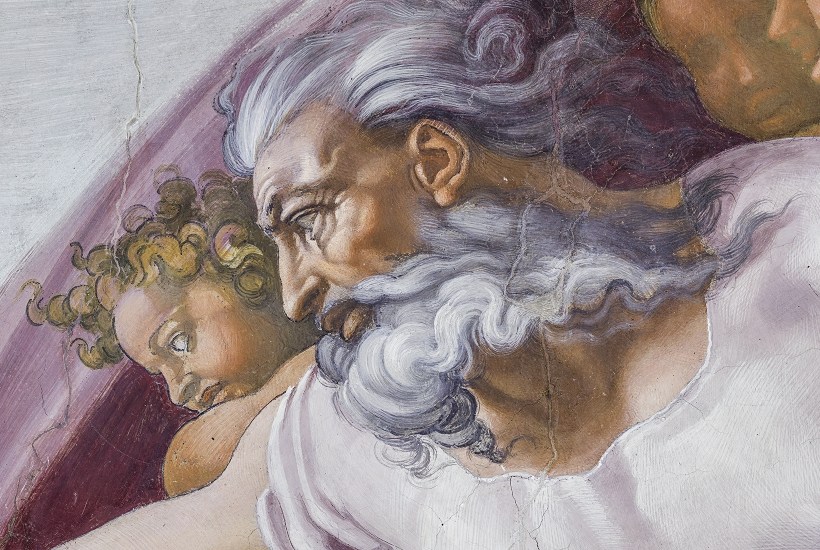
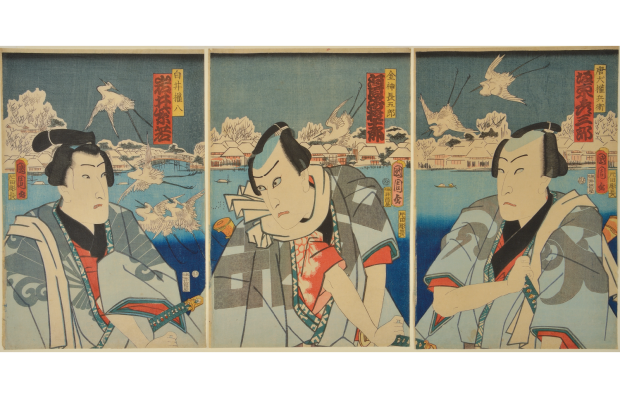
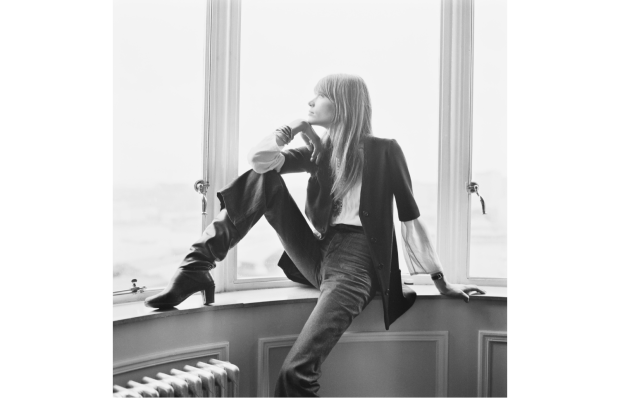

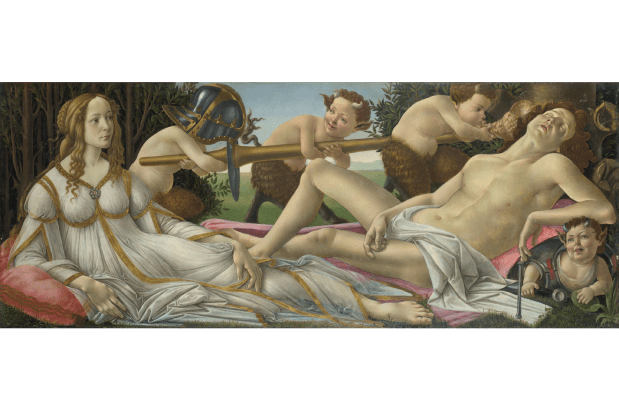

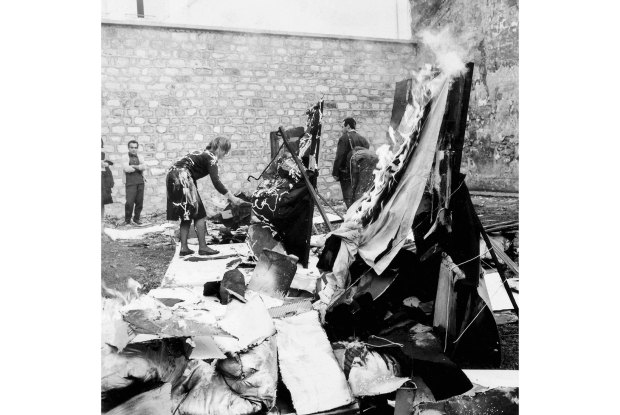






Comments
Don't miss out
Join the conversation with other Spectator Australia readers. Subscribe to leave a comment.
SUBSCRIBEAlready a subscriber? Log in